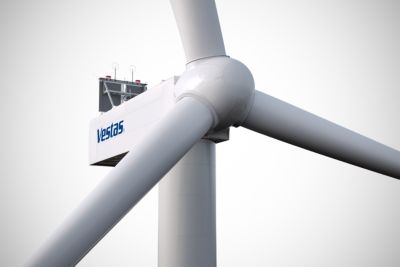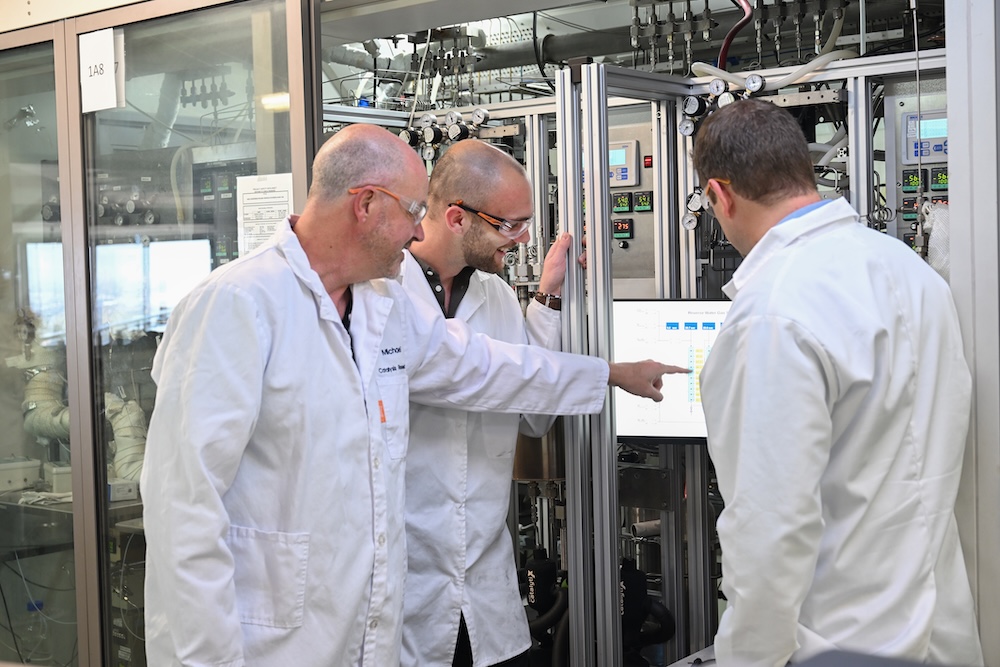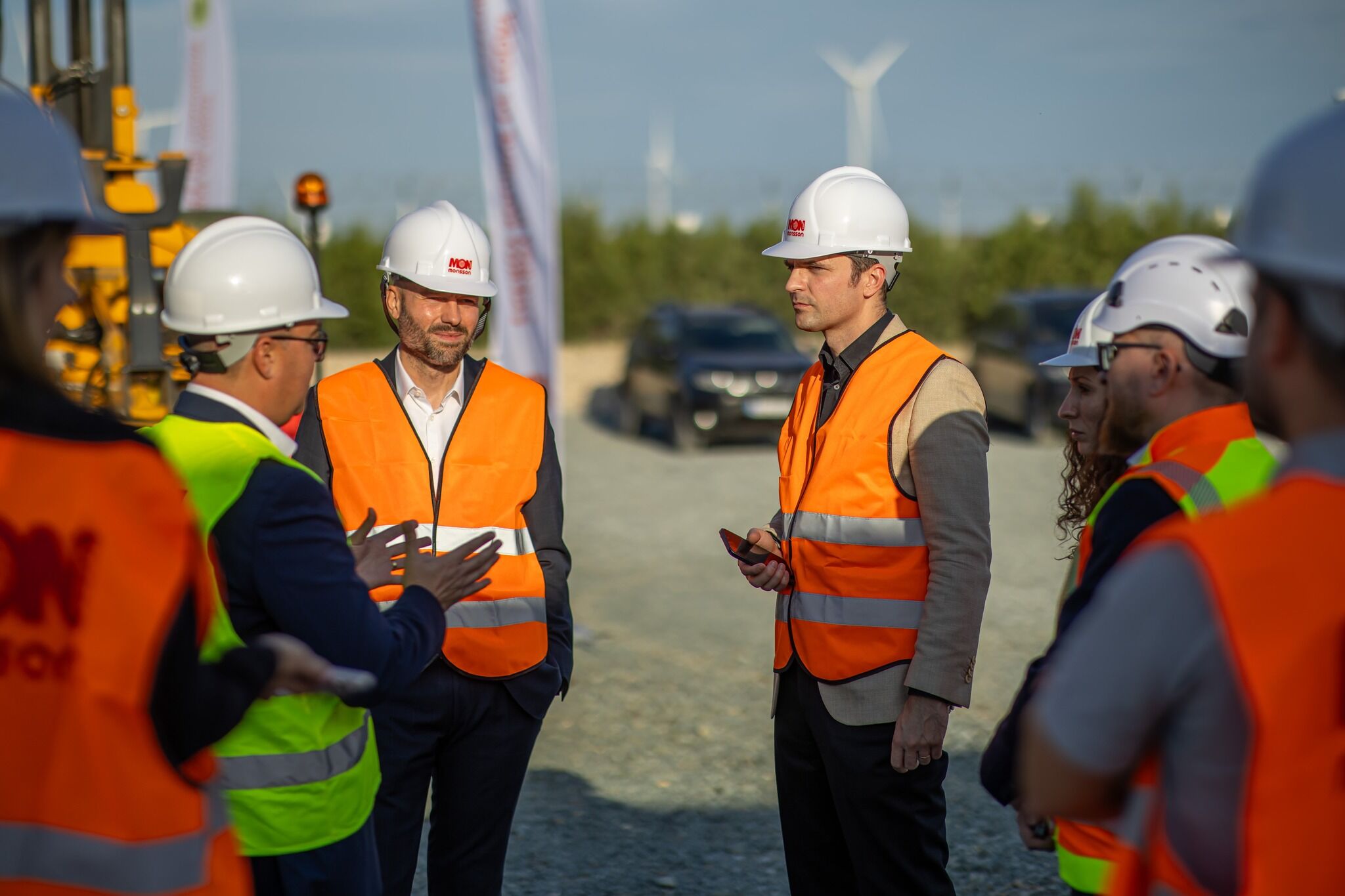Report on Onshore Wind Energy’s Contribution to Sustainable Development Goals
Executive Summary
Onshore wind energy serves as a foundational component of future sustainable energy systems. Its implementation directly supports multiple United Nations Sustainable Development Goals (SDGs) by providing clean, affordable energy, fostering economic growth through job creation, and enhancing energy security. Industry leaders are delivering comprehensive, technologically advanced projects that accelerate the global transition to renewable energy.
Alignment with Sustainable Development Goals (SDGs)
The onshore wind sector’s operations and benefits are intrinsically linked to the achievement of several key SDGs:
-
SDG 7: Affordable and Clean Energy
- Onshore wind is an abundant and increasingly cost-competitive source of clean electricity, expanding access to sustainable energy.
- With 170 GW of installed capacity, leading firms like Vestas significantly increase the share of renewable energy in the global energy mix.
-
SDG 8: Decent Work and Economic Growth
- The development, manufacturing, and operation of wind projects create numerous employment opportunities, promoting sustained and inclusive economic growth.
-
SDG 9: Industry, Innovation, and Infrastructure
- The industry relies on advanced onshore wind platforms, driving innovation in renewable technology.
- The construction of wind farms builds resilient and sustainable infrastructure.
-
SDG 13: Climate Action
- As a zero-emission energy source, onshore wind is a critical tool in combating climate change and its impacts.
-
SDG 17: Partnerships for the Goals
- End-to-end project delivery is achieved through strategic cooperation with partners across various sectors.
Project Implementation and Capabilities
Comprehensive project management ensures the successful deployment of high-performing wind energy solutions. The typical project lifecycle encompasses several key stages:
- Siting and assessment
- Turbine manufacturing
- Project construction
- Installation
- Final commissioning
Analysis of Sustainable Development Goals in the Article
1. Which SDGs are addressed or connected to the issues highlighted in the article?
-
SDG 7: Affordable and Clean Energy
The article’s central theme is onshore wind power, described as a “sustainable energy system” and “cost-competitive.” This directly aligns with SDG 7’s goal of ensuring access to affordable, reliable, sustainable, and modern energy for all.
-
SDG 8: Decent Work and Economic Growth
The text explicitly mentions that onshore wind is “laden with benefits from job creation.” This connects the development of sustainable energy infrastructure to the promotion of sustained, inclusive, and sustainable economic growth and productive employment, which is the core of SDG 8.
-
SDG 9: Industry, Innovation, and Infrastructure
The article highlights Vestas’s role in delivering “high-performing wind energy projects backed by some of the most advanced onshore wind platforms in the world.” This focus on advanced technology, manufacturing, construction, and installation of energy infrastructure relates directly to SDG 9, which aims to build resilient infrastructure, promote inclusive and sustainable industrialization, and foster innovation.
-
SDG 13: Climate Action
Although not explicitly named, the promotion of wind energy is a fundamental strategy for combating climate change. By describing onshore wind as the “backbone of tomorrow’s sustainable energy system,” the article implicitly addresses SDG 13, which calls for urgent action to combat climate change and its impacts by transitioning to clean energy sources.
2. What specific targets under those SDGs can be identified based on the article’s content?
-
SDG 7: Affordable and Clean Energy
- Target 7.2: By 2030, increase substantially the share of renewable energy in the global energy mix. The article’s entire focus on onshore wind and Vestas’s “170 GW of installed onshore capacity” is a direct contribution to this target.
- Target 7.a: By 2030, enhance international cooperation to facilitate access to clean energy research and technology… and promote investment in energy infrastructure and clean energy technology. The mention of “advanced onshore wind platforms” points to the development and deployment of clean energy technology.
-
SDG 8: Decent Work and Economic Growth
- Target 8.2: Achieve higher levels of economic productivity through diversification, technological upgrading and innovation. The article’s reference to “advanced onshore wind platforms” signifies technological innovation driving the energy sector.
- Target 8.5: By 2030, achieve full and productive employment and decent work for all. The explicit mention of “job creation” as a key benefit of onshore wind directly relates to this target.
-
SDG 9: Industry, Innovation, and Infrastructure
- Target 9.4: By 2030, upgrade infrastructure and retrofit industries to make them sustainable… and greater adoption of clean and environmentally sound technologies. The article’s subject of building large-scale wind energy projects is a clear example of upgrading infrastructure with clean technology.
3. Are there any indicators mentioned or implied in the article that can be used to measure progress towards the identified targets?
-
For Target 7.2 (Increase renewable energy share)
Indicator 7.2.1: Renewable energy share in the total final energy consumption. The article provides a direct, quantifiable contribution to this indicator by stating Vestas has “170 GW of installed onshore capacity.” This figure is a measure of the growth in renewable energy infrastructure, which in turn increases the renewable energy share.
-
For Target 8.5 (Full and productive employment)
Indicator 8.5.2: Unemployment rate, by sex, age and persons with disabilities. The article implies a positive impact on this indicator through its mention of “job creation.” While no specific numbers are given, the creation of jobs in manufacturing, construction, and installation of wind turbines would contribute to lowering unemployment.
-
For Target 9.4 (Upgrade infrastructure with clean technologies)
Indicator 9.4.1: CO2 emission per unit of value added. The article implies progress on this indicator. By building a “sustainable energy system” based on wind, which is a zero-emission energy source during operation, the CO2 emissions per unit of energy (a key value-added product) are drastically reduced compared to fossil fuels.
Summary of Findings
| SDGs | Targets | Indicators |
|---|---|---|
| SDG 7: Affordable and Clean Energy | Target 7.2: Increase substantially the share of renewable energy in the global energy mix. | Explicit: Installed renewable energy capacity (“170 GW of installed onshore capacity”). |
| SDG 8: Decent Work and Economic Growth | Target 8.5: Achieve full and productive employment and decent work for all. | Implied: Number of jobs created in the renewable energy sector (from “job creation”). |
| SDG 9: Industry, Innovation, and Infrastructure | Target 9.4: Upgrade infrastructure and retrofit industries to make them sustainable… with greater adoption of clean and environmentally sound technologies. | Implied: Investment in and adoption of advanced clean energy technologies (from “advanced onshore wind platforms”). |
| SDG 13: Climate Action | Target 13.2: Integrate climate change measures into national policies, strategies and planning. | Implied: Growth of sustainable energy systems as a core climate action strategy (from “backbone of tomorrow’s sustainable energy system”). |
Source: vestas.com






